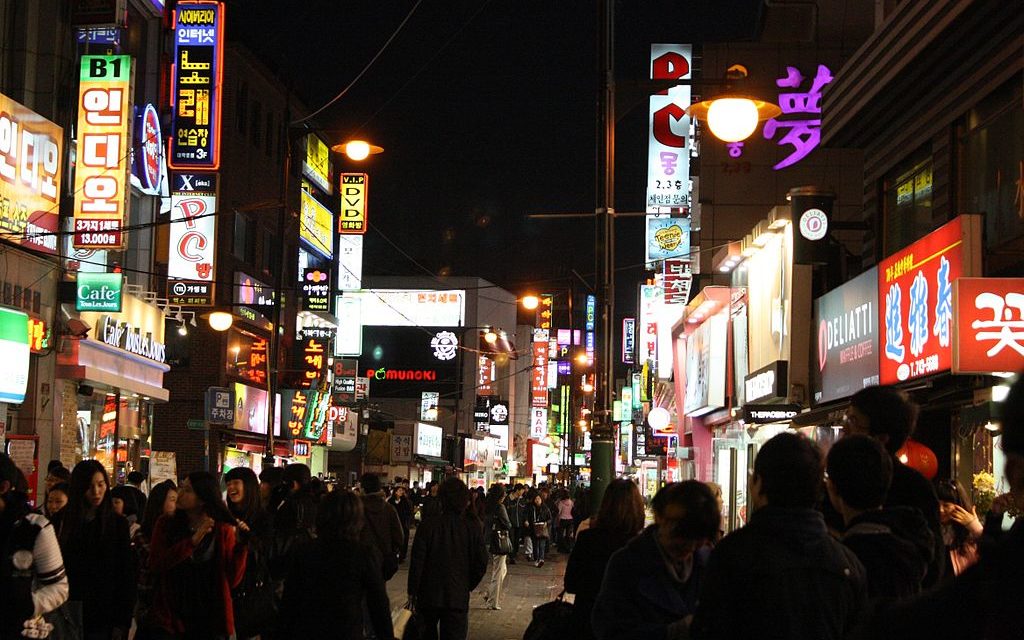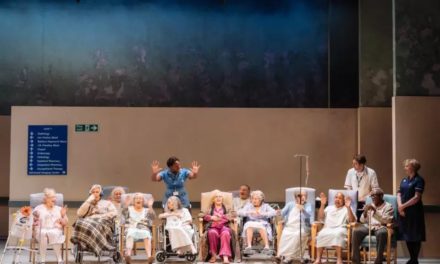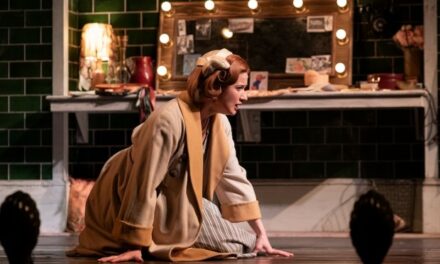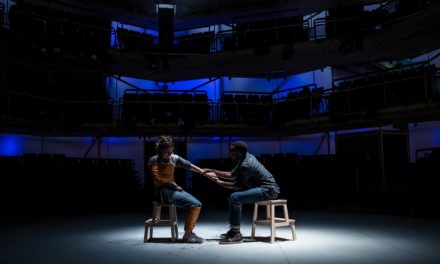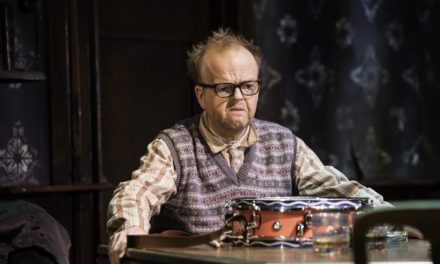Immersive theatre meets Korea’s Daehangno cultural center in Roadtheater: Daehangno, directed by Kon Yi, which was performed from 11/4-6 and 11/11-13. Daehangno, which literally means college street (Daehak, meaning college, plus Ro, meaning street) is located in Hyehwa Dong, north of the Han River in Seoul. It is a neighborhood reminiscent of SoHo in New York City, as it hosts a variety of cultural activities including theatrical performances, art exhibits, concerts, and even street dances. Recently there has been growing concern about the commodification of culture in Daehangno, due to the increasing numbers of commercial theatres producing popular musicals, as well as multiplexes being built in the area. Nevertheless, Daehangno still holds its place as the cultural center of Seoul and brings back memories for numerous theatre artists who, over the years, have stopped people in the street to invite them to their performances in a basement theatre with less than 50 seats.
Roadtheater: Daehangno invites its spectators, or more accurately, its tourists, to examine the lives of struggling theatre performers, using the form of immersive theater. The spectators are instructed to download an app on their smartphone, are given a headset, and are asked to follow the instructions they hear. They are also asked to wear comfortable shoes as they are expected to walk around Daehangno. The piece starts in the studio of a small theatre. The company members are anxiously awaiting the casting announcement for their upcoming production, Hamlet. However, the assistant director tells them that the production has been put on hold due to shortage of funding. He says that if the director cannot obtain the production cost by the next day, the production will be cancelled.
Heartbroken, the actors leave the theatre and disperse around Daehangno. The spectators follow them. Some go to a bar, some to a yoga studio, and some gather outdoors in Marronnier Park. They invite the spectators to listen to their stories. One actor goes back to his studio apartment and is about to throw out his acting books, when he meets the spectators and shares with them his worries over not being able to pay his rent and tells them how he became an actor. “I saw Equus when I was in college. A man as a horse roamed around the small stage. I was shocked. I realized, art is what makes life more exciting. Theatre breathes life into reality.” Other monologues include the lines: “Art’s purpose is to achieve tranquility, just like yoga.”, “I was a break-dancer before I became an actor. But the director only gives me break-dancing roles. I hate this.”, and “Why does it take a couple bottles of soju [Korean liquor] to have a heart to heart talk?”
For the final stage of this piece, the spectators are guided back into the theatre. Supposedly, about a month has passed since they were talking to the actors. Now the audience members return to being regular spectators. The theatre displays a poster of Hamlet. The spectators now take seats in the auditorium to watch the opening performance. The stage presents the highlights of Hamlet, concluding with a grand finale. Roadtheater: Daehangno poses many questions as it turns the spectators into active participants in the piece. Questions include: What kind of cultural context does the walking tour of Daehangno provide for the spectators? After having been exposed to the struggle of the actors who experienced near cancellation of a production, do the spectators feel differently upon returning to the theatre? The relationship between the behind-the-stage lives of struggling actors and the story of Hamlet is left open for each spectator’s interpretation.
This immersive piece offers the whole range of experience across the theatrical spectrum by providing the spectators with the experience of watching the company’s hardship when facing cancellation, and then giving a production of the most famous play in the western theatre canon. It reveals the individuality of the actor as well as the company’s adaption of Hamlet, which has the highest classical drama status in Korea.
Yi’s production offered new forms of performance with old forms of production, deepening the Daehangno district’s attraction to audiences as the cultural center of Seoul.
Road Theater Webpage: Contains video
This post was written by the author in their personal capacity.The opinions expressed in this article are the author’s own and do not reflect the view of The Theatre Times, their staff or collaborators.
This post was written by Walter Byongsok Chon.
The views expressed here belong to the author and do not necessarily reflect our views and opinions.

